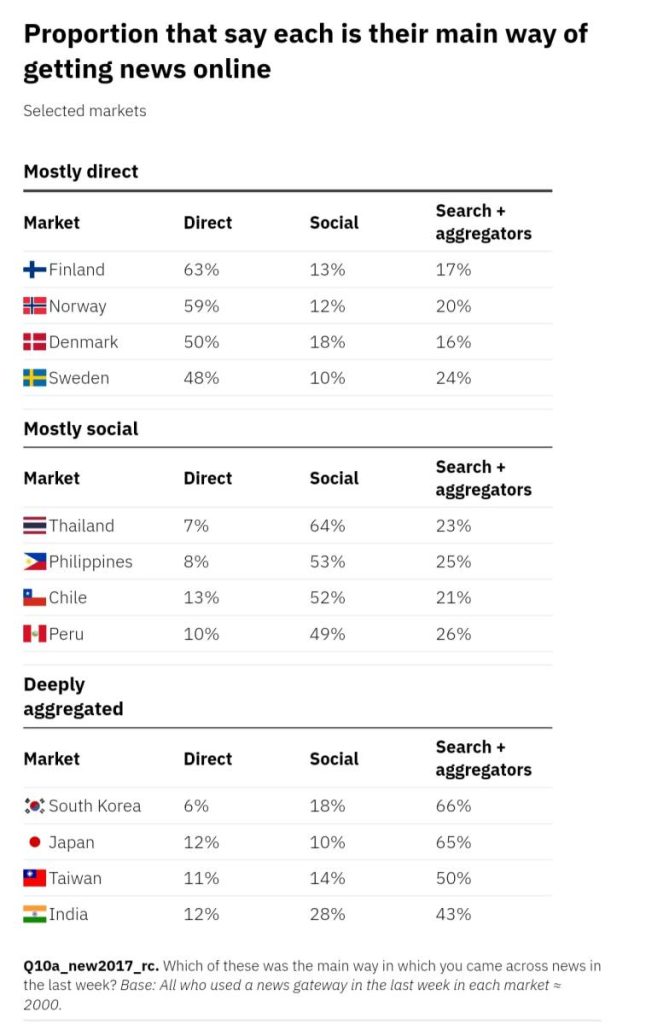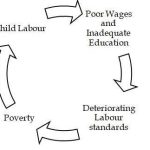
The 12th issue of the Digital News Report from the Asian College of Journalism and the Reuters Institute is out.
Table of Contents
Some important points about the report
This study looks at how news is consumed in 46 markets on six countries.This year’s report is given against the backdrop of a global cost-of-living problem, a war that is still going on in the middle of Europe, and more climate instability around the world.
Reuters Institute
The Reuters Institute for the Study of Journalism is a part of Green Templeton College and the University of Oxford’s Department of Politics and International Relations.
The main money comes from the Thomson Reuters Foundation.The Reuters Institute for the Study of Journalism wants to find out about the future of journalism around the world through debate, engagement, and study.
The report’s main conclusions
• Structural Shifts:
The war in Ukraine and the Coronavirus pandemic are two recent shocks that have sped up structural shifts towards media settings that are more digital, mobile, and dominated by platforms.
Even though Facebook is still one of the most popular social networks generally, its impact on journalism is getting smaller as it moves away from news.
It also has to deal with new problems from well-known networks like YouTube and active networks like TikTok that are geared towards young people.
Celebrities and powerful people are getting more and more importance. When it comes to news, audiences pay more attention to celebrities, social media personalities, and influencers than they do to journalists who work for platforms like TikTok, Instagram, and Snapchat.
• Algorithms:
A large part of the public is suspicious of the algorithms that decide what people see on search engines, social media, and other platforms. Even so, users still like this kind of news a little bit more than what editors or writers choose (27%).
Participation in online news: In recent years, there has been a drop in the number of people who take part in online news, even though it was hoped that the internet would make democratic conversation more open. Only about a fifth of markets, or 22 percent, are today active participants, and about half, or 47 percent, do not take part in news at all.
Trust the news
Over the past year, markets’ trust in the news has dropped by another 2 percentage points, undoing gains made during the Coronavirus pandemic in many countries.
After a year of heated debates about the freedom of the press and the independence of the media, Finland still has the highest general level of trust (69 percent), while Greece has the lowest (19 percent).
• Mainstream Media:
In most markets, people are watching less TV and reading less newspapers, and social media and internet use aren’t making up the difference.
Most internet users around the world say they still prefer to read the news over watching or listening to it.
Most video content is now accessed through third-party sites like YouTube and Facebook. This has led to a steady rise in the number of people watching video news in all markets.
• News Podcasts:
Even though news podcasting is still a small part of the overall media landscape, it continues to be popular with educated and younger viewers.
34% of people listen to a podcast at least once a month, and 12% listen to news and current affairs shows.
Indian situation:
* Access to online news, especially through social media. * Access to online news, especially through social media, has gone down a lot.
With a younger and more urban group, the number of people who got their news from TV also went down. TV is a popular news source for a large part of the population.
As lockdowns were lifted, the pandemic’s effects started to lessen, which may have caused people to read less news.
Changes in Trust:
o India was ranked 24th out of 46 countries when it came to total trust in news compared to the year before.
Survey takers in India trusted public broadcasters like DD India, All India Radio, and BBC News more than other news brands. This shows how important public service media is.
• The Internet:
56% of people polled said that YouTube was their favourite social media tool for getting news.
o Facebook (39%) and WhatsApp (47%) were the next two most-used social media sites for news in India, according to the poll.
Platform changes and how they affect authors
• Over the past ten years or more, tech platforms and other middlemen have become more important in how people get news and how news producers make money.
• Even though search engines and social media do different things, two big companies have controlled access to news for a long time: Google and Facebook (now called Meta) drove just under half of all internet traffic to news websites at their peak.As digital audio and video become more popular, new platforms are springing up, and some customers are using less dangerous and more private message services to talk to each other.In some ways, these changes reflect a “new normal” in which publishers must navigate an even more complicated platform environment with divided attention, low trust, and even less open and representative participation.
















